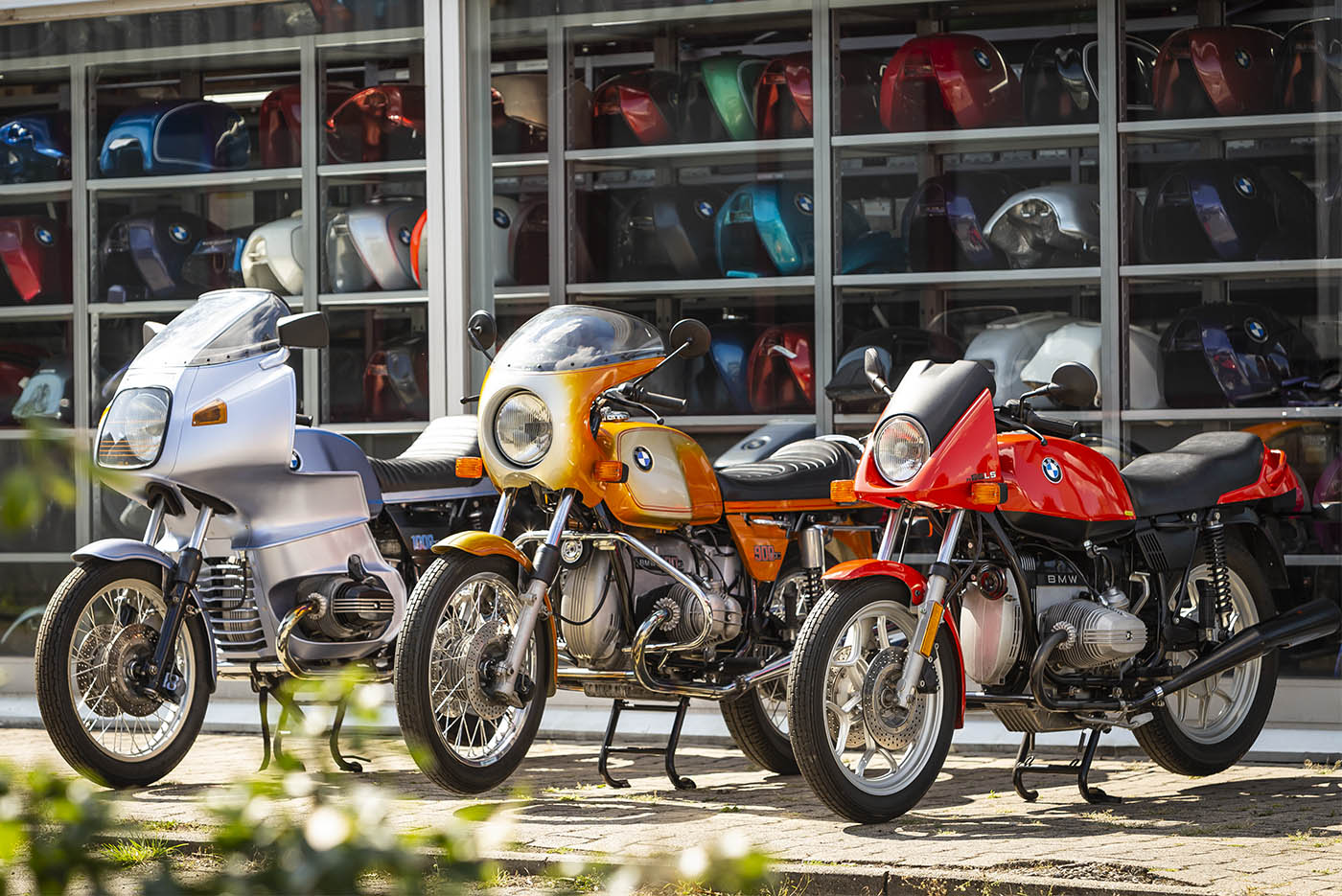Top MX Gear NZ: Gear Up for Your Next Off-Road Experience
Top MX Gear NZ: Gear Up for Your Next Off-Road Experience
Blog Article
Understanding the Important Parts of a Motorcycle: A Comprehensive Overview for Lovers
For motorcycle lovers aiming to elevate their riding experience and ensure their bikes run efficiently, understanding the vital parts of a motorbike is extremely important. Each aspect, from the engine's complex functions to the important duty of the braking systems, not just influences performance but likewise safety and security and convenience. This guide will walk with the basic parts that every biker must be acquainted with, enabling informed options in both upkeep and possible upgrades. As we begin this expedition, one must ask: just how does each component interact to create the smooth ride every enthusiast seeks?
Engine Components

The camshaft plays an essential duty in controlling the timing of the engine's shutoffs, ensuring the exact opening and closing necessary for reliable fuel and air intake, along with exhaust expulsion. This timing is vital to keeping optimal engine efficiency and performance. Additionally, the carburetor or gas shot system, depending upon the bike model, is in charge of blending air with gas in the appropriate proportion for burning.
The cooling system, either air or liquid-based, works to keep the engine's temperature within functional limits, stopping overheating and making certain durability - motorcycle parts nz. Each element, diligently designed and integrated, contributes to the smooth procedure of the engine, specifying the bike's power result and overall performance
Transmission System
Integral to the motorcycle's functionality, the transmission system guarantees effective power transfer from the engine to the wheels. This system consists of numerous essential components, including the clutch, gearbox, and final drive, each playing a vital role in translating the engine's power into movement. The clutch, generally operated by a hand bar, offers to involve and disengage the engine from the transmission, enabling for smooth gear modifications and regulated acceleration.
The gearbox, typically referred to as the transmission appropriate, includes a set of equipments that cyclists can by hand change with to change the bike's speed and torque result. These equipments are prepared in a sequence that makes it possible for the motorbike to speed up smoothly and maintain optimum engine efficiency across various rates. The majority of bikes utilize a consecutive transmission, calling for the cyclist to change equipments in a fixed order.
Braking Devices
While understanding the transmission system is key to utilizing a bike's power, similarly important is the capacity to manage and stop that power effectively, which is where stopping mechanisms enter into play. Brakes are crucial for safety and security and efficiency, providing the cyclist with the needed control to navigate numerous terrains and problems. Commonly, motorbikes include two kinds of stopping systems: disc brakes and drum brakes.
Disc brakes are extra common in modern-day motorcycles due to their premium performance. This system uses far better heat dissipation, constant efficiency, and improved quiting power, particularly in damp conditions.
Conversely, drum brakes, though much less usual, are still found in some motorbikes. They function by pushing brake footwear versus the inner surface of a drum connected to the wheel. While usually less effective in warm dissipation and quiting power, drum brakes are less complex and more economical.
Understanding these braking systems' nuances enables cyclists to maintain their bikes properly useful source and appreciate the design that makes sure reliable and secure quiting.
Suspension and Guiding
Suspension and steering systems are crucial parts that substantially affect a bike's handling and adventure convenience. The shock absorber, including forks at the front and shock absorbers at the back, takes in road irregularities, enhancing stability and control. Front forks, inverted or typically telescopic, compress and rebound to mitigate influences, while back shock absorbers preserve tire contact with the road, crucial for grip and safety and security.
Guiding, centered around the handlebars, connects the rider to the motorcycle's directional control. The guiding head bearings make sure smooth operation, enabling precise maneuverability. Appropriate placement and maintenance of these bearings are vital for predictable guiding reaction and decreasing rider exhaustion.
The suspension's adjustability is one more vital aspect; preload, damping, and rebound setups enable personalization to suit numerous riding conditions and styles. This flexibility is vital for optimizing efficiency, whether navigating urban roads or tackling sturdy tracks. Innovations like digital suspension systems supply real-time modifications, enhancing experience quality throughout varied terrains.

Electrical Solutions
After ensuring a smooth and regulated experience through effective suspension and steering systems, interest transforms to the electrical systems, an essential aspect of contemporary bikes. These systems play an important duty not only in starting the engine yet also in powering different parts that improve the capability and safety of the motorbike.
At the heart of a bike's electrical system is the battery, which stores electric power essential for starting the look at here now engine and powering supporting systems - motocross gear nz. The alternator or generator, combined with the rectifier-regulator, guarantees the battery continues to be charged while the motorcycle is in procedure, transforming power right into electric power and maintaining voltage levels
The ignition system, another vital part, is in charge of igniting the air-fuel mixture in the engine's cylinders. Modern motorcycles typically use an electronic ignition system, providing higher effectiveness and dependability contrasted to standard systems.
Illumination systems, consisting of fronts lights, tail lights, and signs, are likewise important, making sure exposure and security for the rider. Added digital elements such as sensors, control systems, and displays contribute to advanced attributes like gas shot administration, anti-lock braking systems (ABS), and digital control panels, better boosting the riding experience.
Final Thought
A complete understanding of a motorcycle's crucial elements, including the engine, transmission system, stopping mechanisms, suspension, guiding, and electrical systems, is crucial for lovers aiming to enhance efficiency, comfort, and safety. Proficiency of these components permits notified choices concerning upkeep and upgrades, ultimately boosting the riding experience. By integrating this understanding, cyclists can ensure their motorbikes run at peak efficiency and integrity, thereby making best use of both pleasure and long life of their vehicles.
For motorbike lovers looking to boost their riding experience and ensure their bikes run smoothly, comprehending the essential elements of a motorcycle is paramount.Essential to the motorbike's capability, the transmission system ensures efficient power transfer from the engine to the wheels.While comprehending the transmission system is crucial to harnessing a motorcycle's power, similarly crucial is the capacity to regulate and quit that power effectively, which is where braking mechanisms come into play. Usually, motorbikes include 2 kinds of stopping systems: disc brakes and drum brakes.
A detailed understanding of a bike's essential components, consisting of the engine, check out here transmission system, stopping devices, suspension, guiding, and electric systems, is vital for fanatics intending to maximize safety and security, convenience, and efficiency.
Report this page